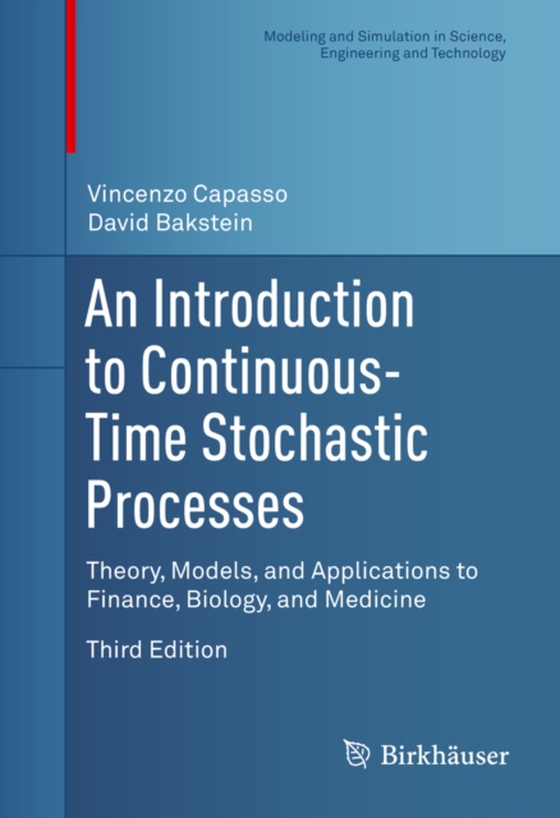
Introduction to Continuous-Time Stochastic Processes e-bog
637,41 DKK
(ekskl. moms 509,93 DKK)
This textbook, now in its third edition, offers a rigorous and self-contained introduction to the theory of continuous-time stochastic processes, stochastic integrals, and stochastic differential equations. Expertly balancing theory and applications, the work features concrete examples of modeling real-world problems from biology, medicine, industrial applications, finance, and insurance using ...
E-bog
637,41 DKK
Forlag
Birkhauser
Udgivet
29 maj 2015
Genrer
Economics, Finance, Business and Management
Sprog
English
Format
pdf
Beskyttelse
LCP
ISBN
9781493927579
This textbook, now in its third edition, offers a rigorous and self-contained introduction to the theory of continuous-time stochastic processes, stochastic integrals, and stochastic differential equations. Expertly balancing theory and applications, the work features concrete examples of modeling real-world problems from biology, medicine, industrial applications, finance, and insurance using stochastic methods. No previous knowledge of stochastic processes is required. Key topics include: Markov processes Stochastic differential equations Arbitrage-free markets and financial derivatives Insurance risk Population dynamics, and epidemics Agent-based models New to the Third Edition: Infinitely divisible distributions Random measures Levy processes Fractional Brownian motion Ergodic theory Karhunen-Loeve expansion Additional applications Additional exercises Smoluchowski approximation of Langevin systems An Introduction to Continuous-Time Stochastic Processes, Third Edition will be of interest to a broad audience of students, pure and applied mathematicians, and researchers and practitioners in mathematical finance, biomathematics, biotechnology, and engineering. Suitable as a textbook for graduate or undergraduate courses, as well as European Masters courses (according to the two-year-long second cycle of the "e;Bologna Scheme"e;), the work may also be used for self-study or as a reference. Prerequisites include knowledge of calculus and some analysis; exposure to probability would be helpful but not required since the necessary fundamentals of measure and integration are provided. From reviews of previous editions: "e;The book is ... an account of fundamental concepts as they appear in relevant modern applications and literature. ... The book addresses three main groups: first, mathematicians working in a different field; second, other scientists and professionals from a business or academic background; third, graduate or advanced undergraduate students of a quantitative subject related to stochastic theory and/or applications."e; -Zentralblatt MATH
 Dansk
Dansk

